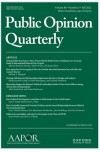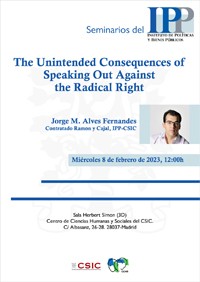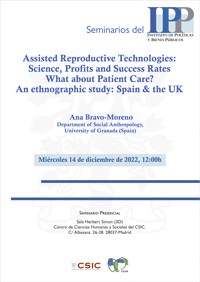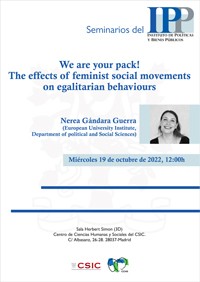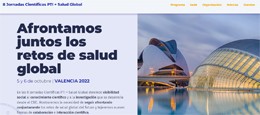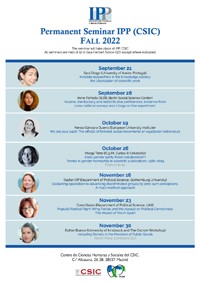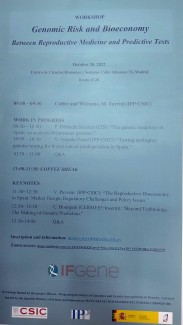La colección Politeya: estudios de política y sociedad, publica estudios sociológicos o politológicos en los que, con bases conceptuales y empíricas preferentemente comparativas, se analizan las características, retos y transformaciones que afectan a las sociedades contemporáneas. Presta particular atención a aquellos trabajos centrados en el análisis de políticas públicas y, en especial, a estudios de caso relacionados con algún aspecto la realidad contemporánea española o internacional.
Los textos publicados en esta colección son elegidos a través de un proceso de selección y evaluación por pares de entre los manuscritos remitidos a la convocatoria publicada anualmente. (Convocatoria de 2025)
COMITÉ EDITORIAL
Roberta Perna (Directora)
Instituto de Políticas y Bienes Públicos (IPP-CSIC)
roberta.perna@csic.es
Elena Corera Álvarez (Secretaria)
Unidad de Inteligencia Institucional, CSIC
elena.corera@cchs.csic.es
Ana Arriba González de Durana
Departamento de Economía, Universidad de Alcalá de Henares
ana.arriba@uah.es
Jordi Caïs Fontanella
Departamento de Sociología y Análisis de las Organizaciones, Universitat de Barcelona
jcais@ub.edu
Inés Calzada Gutiérrez
Universidad Complutense de Madrid
Joan Font Fàbregas
Instituto de Estudios Sociales Avanzados de Andalucía (IESA-CSIC)
jfont@iesa.csic.es
Carol Galais Galais
Universitat Autònoma de Barcelona
Ernesto Ganuza Fernández
Instituto de Políticas y Bienes Públicos (IPP-CSIC)
ernesto.ganuza@csic.es
Marta Gutiérrez Sastre
Universidad de Salamanca
Francisco Herreros Vázquez
Instituto de Políticas y Bienes Públicos (IPP-CSIC)
francisco.herreros@cchs.csic.es
María Jiménez Buedo
Departamento de Lógica, Historia y Filosofía de la Ciencia, Universidad Nacional de Educación a Distancia
mjbuedo@fsof.uned.es
Francisco Javier Moreno Fuentes
VRI, CSIC
jmoreno@csic.es
Turkay Salim Nefes
Instituto de Políticas y Bienes Públicos (IPP-CSIC)
turkay.nefes@csic.es
Mauro Turrini
Instituto de Políticas y Bienes Públicos (IPP-CSIC)
mauro.turrini@csic.es
